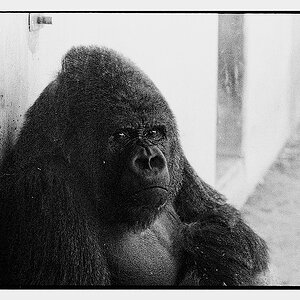Soocom1
Been spending a lot of time on here!
- Joined
- Feb 27, 2006
- Messages
- 3,253
- Reaction score
- 1,489
- Can others edit my Photos
- Photos NOT OK to edit
When I started with LF, the camera I got is a Calumet 4x5 that had no lens.
Then I purchased a Kodak 135mm in a Copal shutter.
What I was NOT aware of at the time is that the lens was a Press lens. Not a Field/view lens.
I know the difference now but I would like the Pros to explain it in simpler terms. Especially the rear element.
For those not familiar, the Press camera is something like a Graphlex. They are 4x5, but like an SLR they are short in depth so they can be used quickly. They were made for press photographers and were not rearea intended for the landscape and portrpor pictures so common to view cameras.
Though they are fully capeable, the reality is that the lenses made for press cameras were not really intended for view/ field purposes.
Then I purchased a Kodak 135mm in a Copal shutter.
What I was NOT aware of at the time is that the lens was a Press lens. Not a Field/view lens.
I know the difference now but I would like the Pros to explain it in simpler terms. Especially the rear element.
For those not familiar, the Press camera is something like a Graphlex. They are 4x5, but like an SLR they are short in depth so they can be used quickly. They were made for press photographers and were not rearea intended for the landscape and portrpor pictures so common to view cameras.
Though they are fully capeable, the reality is that the lenses made for press cameras were not really intended for view/ field purposes.




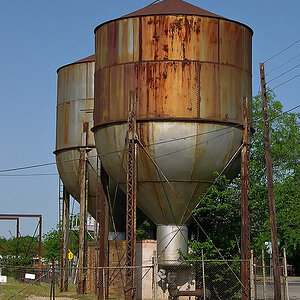
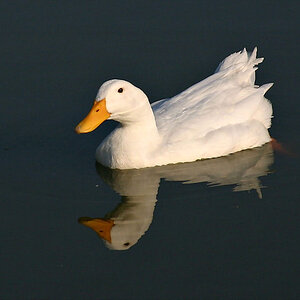
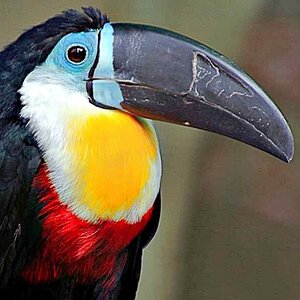
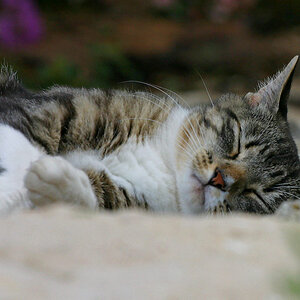
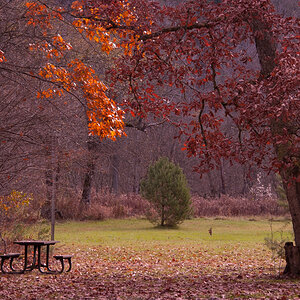

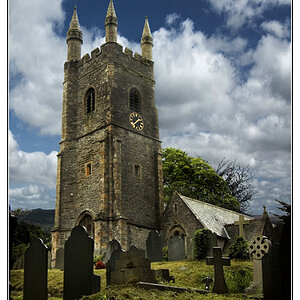

![[No title]](/data/xfmg/thumbnail/39/39186-88f5235eacfd57deab14674ccf8e7f0a.jpg?1619738905)

